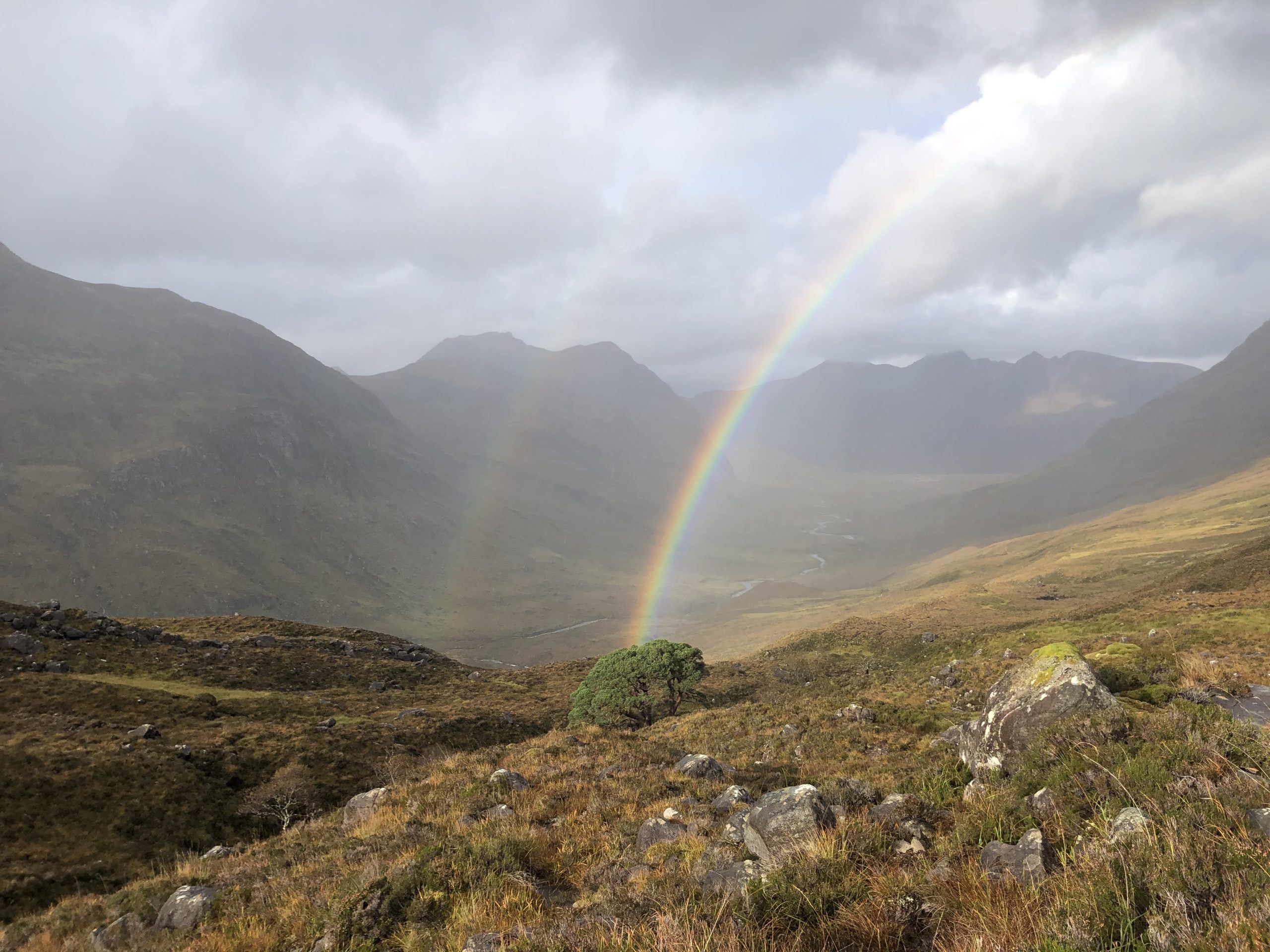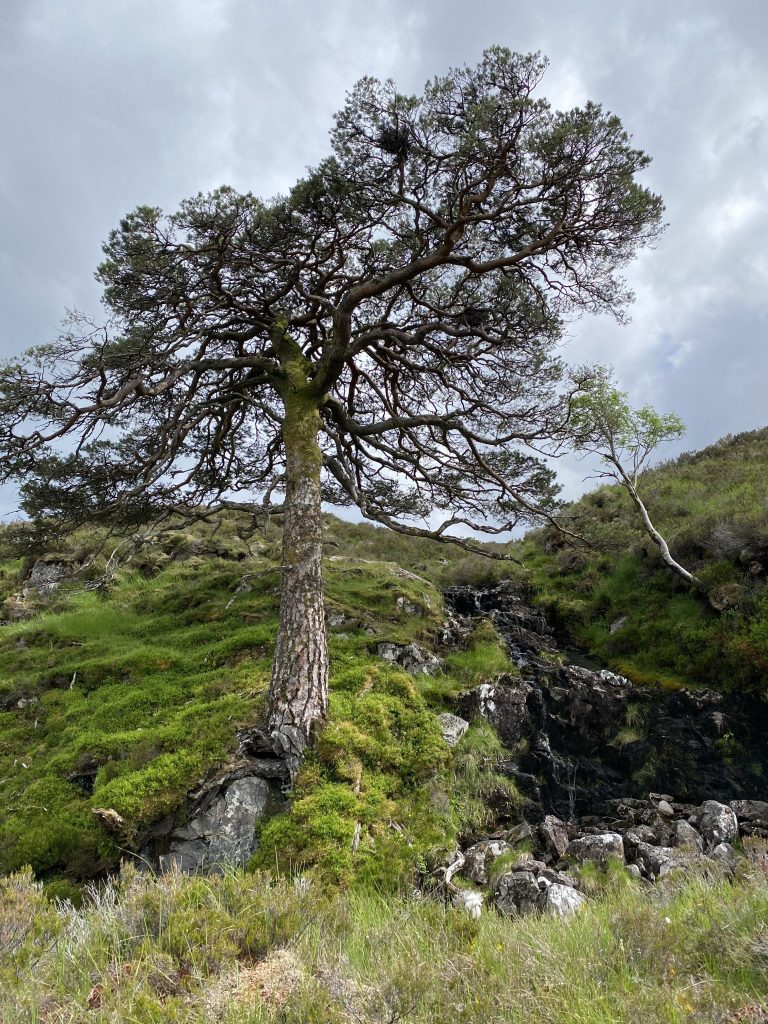They are home to wild Scots pines with an ancestry that can be traced back to the end of the last ice age.
But now a project to find Scotland’s ‘lost’ native pinewood has been launched so they can be saved and restored before it’s too late.
Caledonian pinewoods are globally unique and support rare wildlife including red squirrels, capercaillie and crossbills.
But less than 2% of the Caledonian forest, which once covered much of the Highlands, survives.
Just 84 individual Caledonian pinewoods are now officially recognised, having been last documented more than a quarter of a century ago.

Now Woodland Trust Scotland and Trees for Life have become aware of other lost wild pinewoods, and from historical documents and anecdotal reports, more are thought to exist.
The charities have teamed up to identify and save these forgotten pinewoods through the Wild Pine Project, beginning with the western Highlands, where Scots pines form part of Scotland’s rare temperate rainforest.
Wild pinewoods have declined over the centuries, and today their recovery is often hindered by overgrazing by herbivores.
‘Lost pinewoods are at particular risk because they are unrecognised and undocumented. We want to find them, assess their condition, and revive them before they are lost forever,’ said Jane Sayers, Wild Pine project officer.
‘Finding these pinewoods requires a lot of detective work. They are often small and remote, hidden in ravines safe from deer.
‘Pines, or their remains, are often found scattered among birchwood too.’

The Wild Pine Project is identifying lost pine sites by tracing their history through the centuries using historical evidence, including maps which date as far back as the 1500s.
Once potential sites are found, historical, ecological and landscape evidence will help establish whether they are wild or planted, and their health and resilience will be assessed.
The charities will then work for the recognition and recovery of the discovered wild pinewoods, including by presenting findings to landowners and managers.
The unique status of Caledonian pinewood was first documented by HM Steven and A Carlisle in their 1959 book, The Native Pinewoods of Scotland, which included 35 sites.
In the 1990s, the then Forestry Commission Scotland compiled a register, which became the Caledonian Pinewood Inventory. Last updated in 1998, the Inventory recognises 84 sites.
Last year, a major Trees for Life study into the health of 72 of these known pinewoods concluded many are on a ‘knife-edge’ – with high deer numbers, non-native conifers, lack of long-term management, and climate breakdown representing major threats to their survival.
The post Search for Scotland’s lost ice age pinewoods begins appeared first on Scottish Field.

